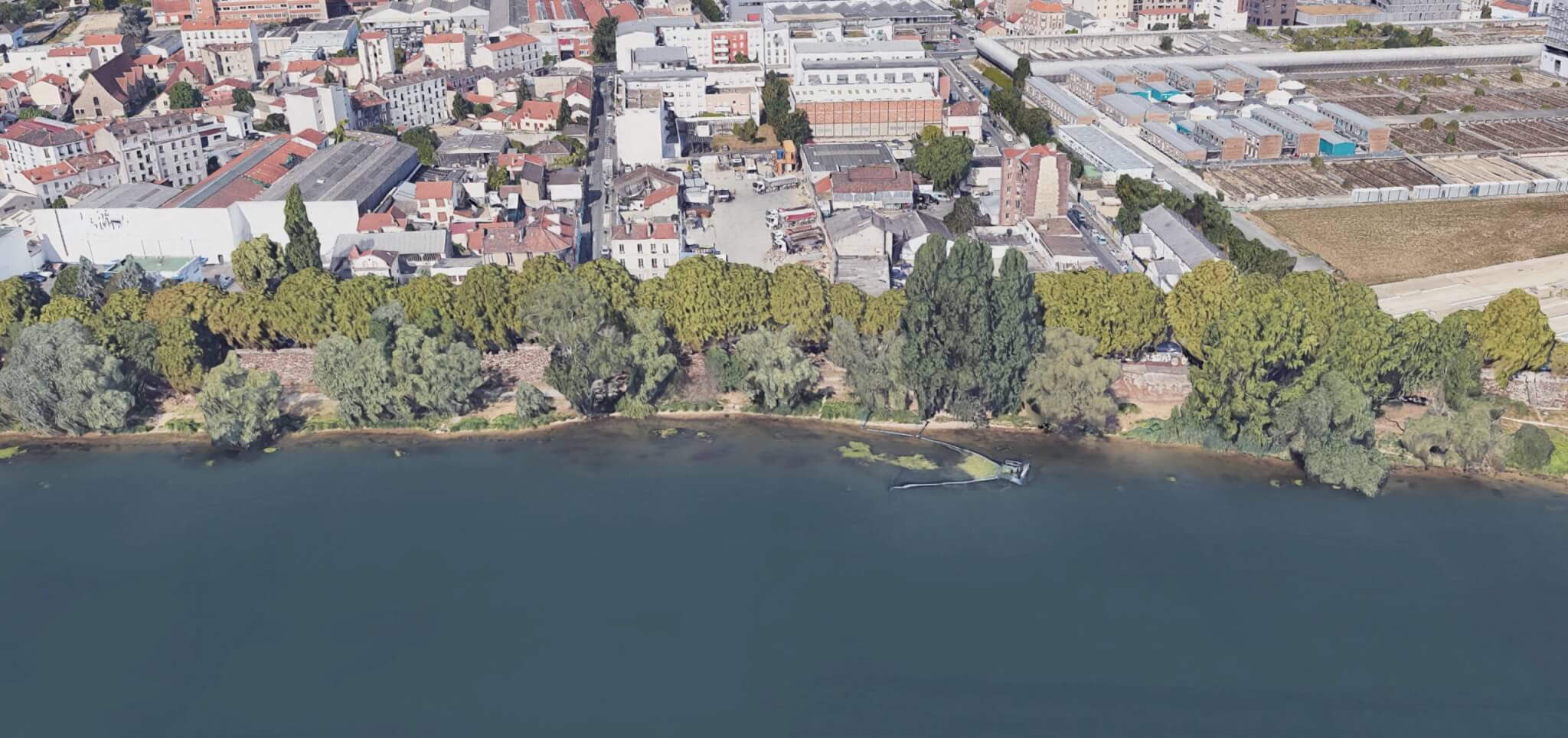Since 1985, the departments have been responsible for establishing nature protection perimeters with the ENS (Sensitive Natural Area) as the main tool. The objective is to preserve the landscapes, biodiversity, and more generally the natural fabric of a territory. This tool allows departmental councils to exercise a right of pre-emption to acquire plots and take care of them. Their financing is provided by the departmental part of the development tax.
In Val-de-Marne, the first ENS saw the light of day about thirty years ago, in the departmental park of Lilas in Vitry-sur-Seine. Since then, 13 others have emerged, representing around 370 hectares in the department. See the list of existing ENS below, with their creation date.
1990: Parc des Lilas (Vitry-sur-Seine)
1991: Blue beach park (Valenton and Limeil-Brévannes)
1991: Glacis of Fort d’Ivry (Ivry-sur-Seine and Vitry-sur-Seine)
1992: Agricultural area of Mandres-les Roses (Mandres-les Roses)
2011: Banks of Yerres (Villeneuve-Saint-Georges) – ENS municipal
2013: Domaine des Marmousets (La Queue-en-Brie)
2013: Departmental park of Morbras (Ormesson)
2013: Departmental Reserve of the Marne Islands (Champigny-sur-Marne)
2013: Departmental Natural Area of Pierre-Fitte (Villeneuve-le-Roi)
2015: Jacques Duclos municipal park (Valenton)
2015: Hautes-Bruyères Departmental Park (Villejuif)
2015: Parc du Champ Saint-Julien (Valenton)
2015: Plaine-des-Bordes (Chennevières-sur-Marne)
2020: Bois-St-Martin (Plessis-Trévise and Villiers-sur-Marne)
A charter of ENS to structure their development
The development of the new ENS on the agenda for this Monday’s meeting is part of the second green plan for Val-de-Marne, which included the formalization of a departmental plan for the ENS. This was adopted in early February 2020. “This ENS charter was adopted after consultation carried out in 2019-2020 with cities and associations. We have organized around ten meetings at each site ”, explains Bruno Hélin, vice-president in charge of planning and the environment.
Read: The new green plan for Val-de-Marne integrates global warming
See the ENS Charter in the department (this was approved on February 10, 2020 but will be officially signed in May, due to the setbacks related to the health crisis)
62 additional hectares
In total, these 5 projects concern 62 hectares, which will bring the total surface area of the department’s ENS grid to 431 hectares.
Preserving the banks of the Seine, future swimming areas?
Among the 5 projects, two concern the banks of the Seine, with a first perimeter that runs along the river from Ivry-sur-Seine to Vitry-sur-Seine. “These are remarkable spaces to be preserved and enhanced. They could in particular be fitted out for swimming ”, indicates Bruno Hélin. An enhancement that is part of the reconciliation of municipalities with their river, while city centers once tended to turn their backs on the river, leaving it to industrial zones. In Orly too, the strike will be protected by an ENS.
About fifty hectares of ENS in existing parks
The two other new ENS will concern existing parks: the plateau park in Champigny-sur-Marne (17 hectares) at the level of the Hautesurrents trail, the surroundings of the ossuary as well as the Bassinets path, and the interdepartmental park of sports of Choisy-le-Roi (32 hectares). This concerns all the space located to the east of the lake, with the exception of the Parc des Gondoles and the perimeter of Bird Island. However, there is no question of stopping sports activities and access to the public. The challenge is rather to reconcile these activities with the preservation of these sites.
Extension of ENS des Hautes Bruyères with creation of a pre-emption zone
The Hautes-Bruyères park in Villejuif, already endowed with an ENS in 2016, will see its perimeter extended to “market gardeners”, and to the vegetable gardens of Epi d’or, or 7.7 hectares of agricultural land wedged between the A6 motorway and an activity zone, straddling Villejuif and L’Haÿ-les-Roses. The perimeter also includes part of the construction site of line 14. The deliberation also includes the creation of a pre-emption zone on strips corresponding to 5500 m2 of the vegetable gardens of the Epi d’or. The extension of the ENS could accommodate an urban farm.


:quality(80)/cdn-kiosk-api.telegraaf.nl/c3f27318-9aae-11eb-a7ec-02d1dbdc35d1.jpg)